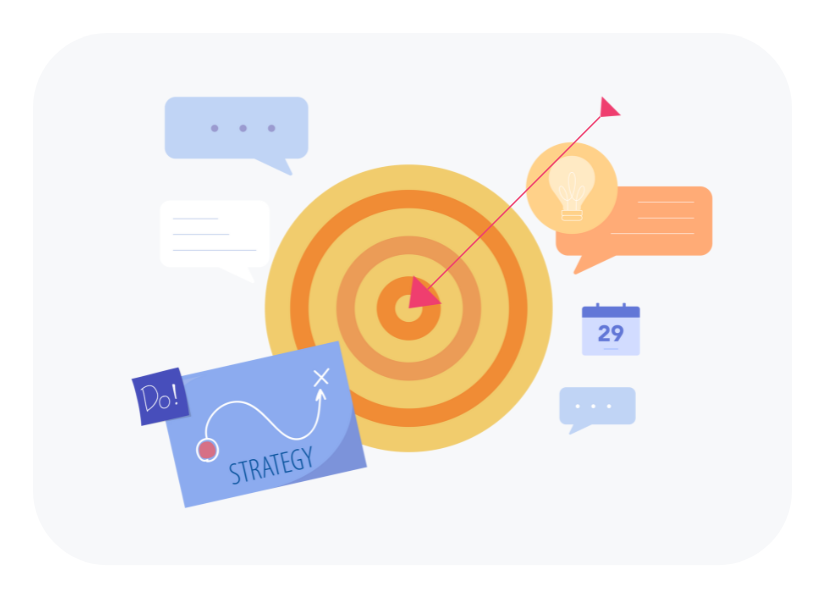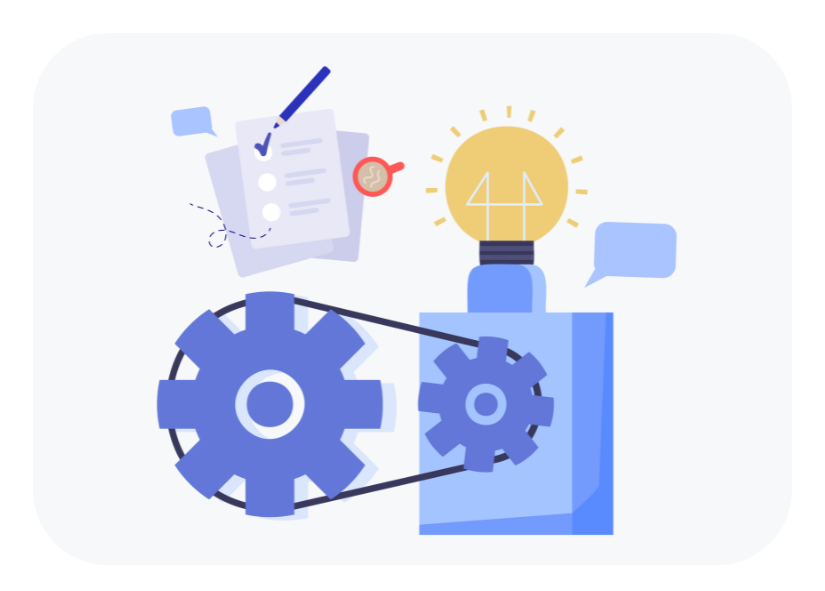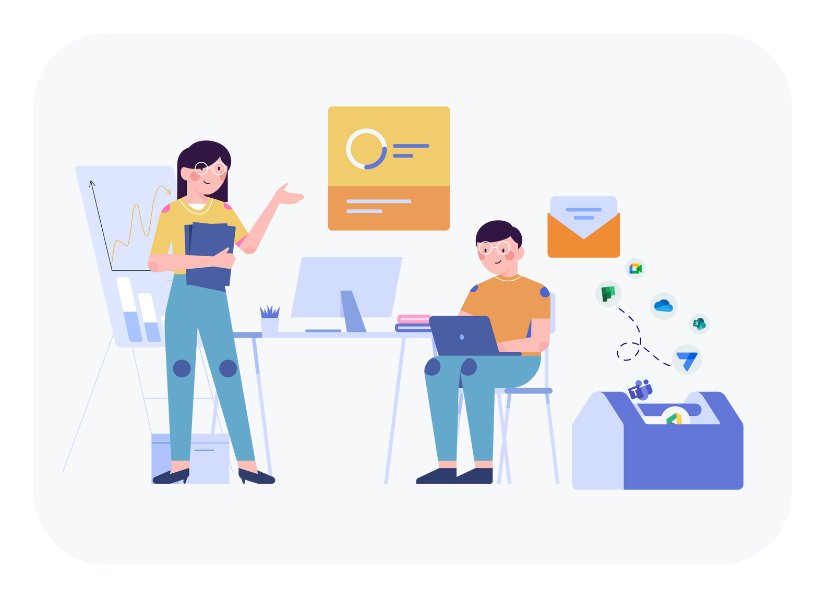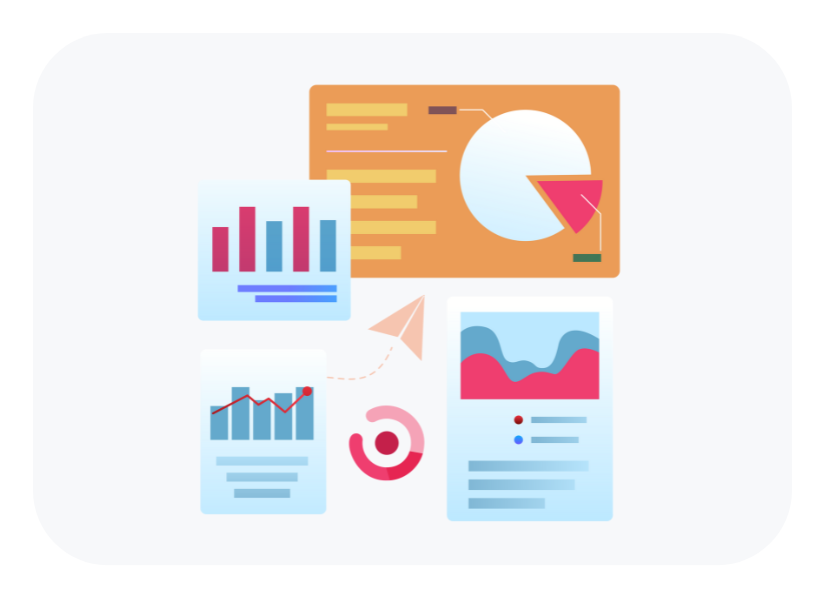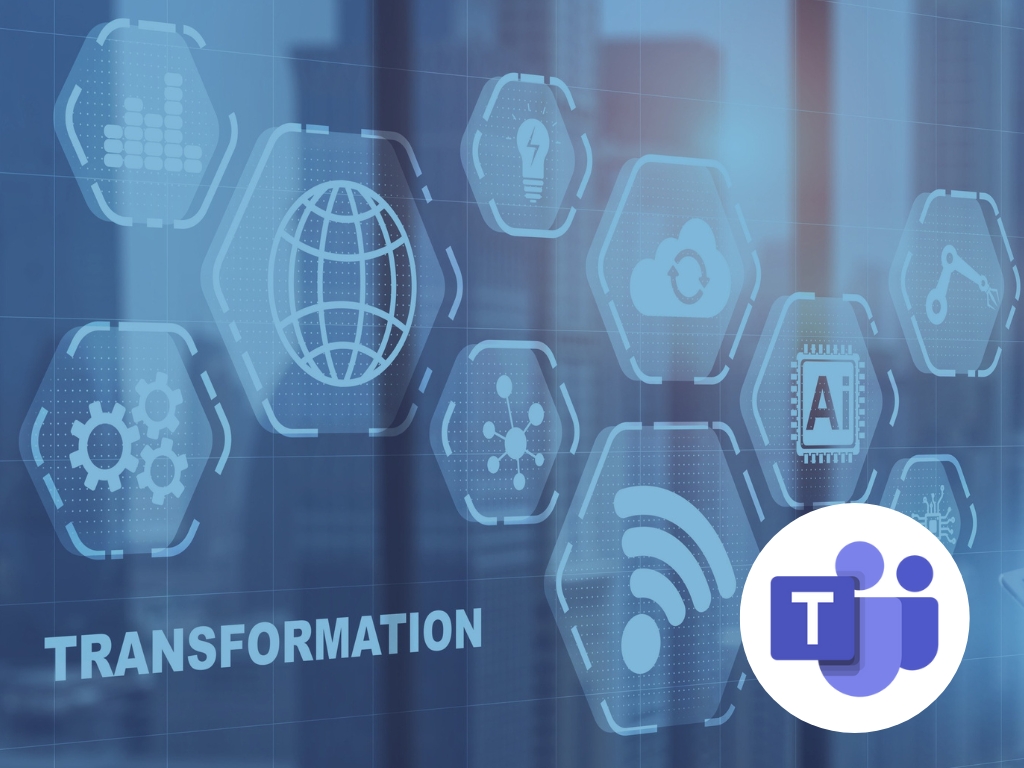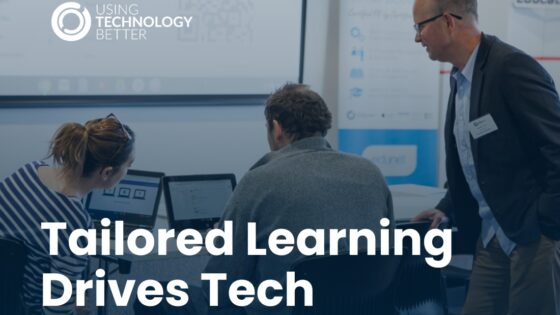In the ever-evolving landscape of education, schools are constantly seeking
ways to enhance collaboration, communication, and efficiency. The transition
to Microsoft Teams represents a significant shift in how educational institutions
operate, bringing with it a multitude of benefits. However, managing change
can be a daunting task. This blog aims to provide school leaders with practical
guidance on how to navigate the transition to Microsoft Teams successfully.
Fail to prepare, prepare to fail
Preparation is key to supporting staff through the transition to Teams. I see this
as two main themes, culture and confidence.
Let’s start with culture. Give the staff clarity with your school’s why! Why have
we decided to shift to Teams? Why does Teams offer us more than our previous
model? Why the move to Teams integrates with wider school goals and
objectives? A culture that is collaborative is ideal. Microsoft Teams is designed
to foster collaboration, both among educators and between students.
Encourage a culture of open communication and teamwork within the school
community. Emphasise the benefits of Teams in streamlining communication,
sharing resources, and facilitating group projects. By creating a collaborative
environment, the transition becomes a shared experience rather than an
imposition.
Now let’s look at confidence. It’s human nature to be apprehensive about
something that is new or different, particularly in our adult lives. I always highly
recommend building a foundation of understanding before going with a full
rollout of Teams. It is crucial for school leaders (and as many staff as possible)
to develop a solid understanding of the platform’s features and capabilities.
Invest time in training sessions for both staff and students, ensuring that
everyone is familiar with the basic functions and potential applications of
Teams in an educational setting. Having a soft transition with some staff
sandpit opportunities, where no students are present, can build confidence.
Having a staged rollout, targeting one year group for example, is another way to
make it feel more manageable. This foundation will serve as the cornerstone for
a successful transition.
It’s worth mentioning that the foundation established is going to be built upon.
Change is an ongoing process, and continuous learning is key to success.
Establish a support system that includes regular training sessions, workshops,
and resources to help staff and students make the most of Microsoft Teams.
Encourage the formation of peer support networks where experienced users
can mentor those who are less familiar with the platform and use a digital hub
channel to be the common source of support and updates for your team.
Celebrate success and overcome challenges – like stepping away from your
email inbox
Acknowledge and celebrate the successes, both big and small, that arise from
the transition to Microsoft Teams. Have a channel in your staff team which is
dedicated to this purpose and use the praise functionality to shout out those
who are deserving. Recognise the efforts of staff and students who embrace the
change and showcase positive outcomes. Simultaneously, be proactive in
addressing challenges that may arise. Collect feedback regularly and use it to
refine and improve the implementation strategy. I strongly recommend having
some rating metrics in your feedback so that you can track quantitative data
over time as well as having some qualitative comments from staff and
students.
One of the significant shifts that Microsoft Teams brings to the educational
landscape is the transition from traditional email communication to a more
dynamic and collaborative platform. Encourage your staff to leverage Teams
for communication, moving away from the limitations of email threads. Email
threads are private but often the discussion is rich and having that in a Teams
channel is valuable for transparency and for new staff to refer to. Teams allows
for real-time conversations, threaded discussions, and the sharing of files within
the same interface where collaborative work takes place. By embracing Teams
as the primary communication hub, you foster a more seamless and integrated
experience for both educators and students. This transition not only
streamlines communication but also enhances the efficiency of collaborative
projects, making information more accessible and interactions more
immediate. As school leaders, lead by example—utilise Teams for
announcements, discussions, and updates, showcasing the platform’s potential
to transform the way your school communicates and collaborates. And
remember, there are the fantastic share to Teams/share to Outlook buttons so
you can forward messages between platforms with ease.
Carrot vs Whip?
Establishing consistency across a large organisation like a school is challenging.
I recommend a blended approach which has clear expectations (think whip)
and encourages innovation (think carrot).
Clearly communicate the expectations for using Microsoft Teams in the school
setting. Define guidelines for communication, file sharing, and collaboration.
Establish protocols for meetings, assignments, and assessments. Sharing some
of these with your wider school community can be helpful, for example, sharing
with families that they can expect at least one Teams assignment a fortnight for
all classes. Clarity in expectations helps create a sense of order and consistency
during the transition.
For the early adopters and innovators, Microsoft Teams offers a range of features
that can be tailored to suit the unique needs of each school. Encourage
educators to explore innovative ways to integrate Teams into their teaching
methods. Foster a culture of experimentation and adaptability, allowing the
school community to harness the full potential of the platform. These early
adopters can also be encouraged to share their experimentation with other staff
and act as digital mentors to disseminate more knowledge throughout the
whole staff group. Having a 10-minute sharing session as a standing item on the
agenda of a staff or departmental meeting showcases what is possible and
raises the bar for the whole organisation.
I encourage you to take full advantage of these accessibility options to tailor your iPad or iPhone to your specific needs, whether improving visual clarity, enhancing audio, or simply using voice commands to input data into your device. Feel free to share this blog with someone you think these features may be of use to.
Looking to book targeted training for you staff? Contact us here
